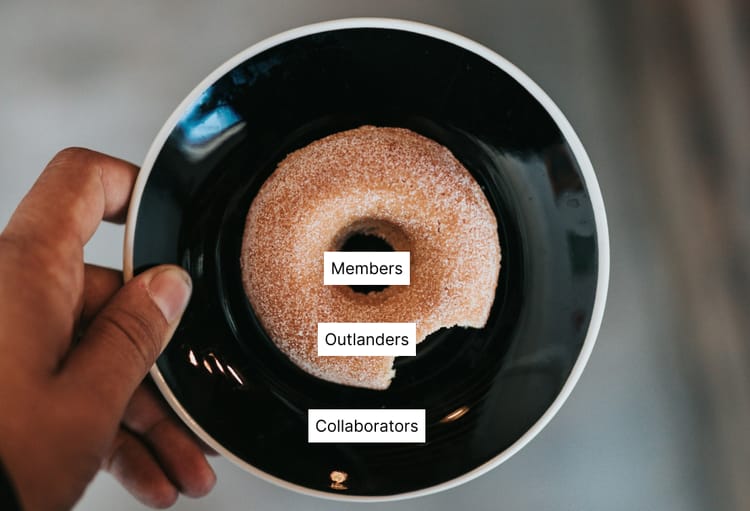
15
Sep
Building effective teams in an age of difference
8 min read
25
Jun
How we run our tech company flat, without hierarchy
7 min read
06
Sep
On 'The Way of the World'
4 min read
04
May
Shazam and the art of speeding value
3 min read
03
May
How to upskill social impact organisations on data
4 min read

